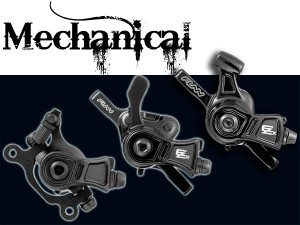It is a process of heating a material above the re-crystallization temperature and cooling after a specific time interval. This increases the hardness and strength if the material.
12. What is ductile-brittle transition temperature?
It is the temperature below which the tendency of a material to fracture increases rather than forming. Below this temperature the material loses its ductility. It is also called Nil Ductility Temperature.
13. What is a uniformly distributed load?
A UDL or uniformly distributed load is a load, which is spread over a beam in such a way that each unit length is loaded to the same extent.
14. What are the differences between pneumatics and hydraulics?
a) Working fluid: Pneumatics use air, Hydraulics use Oil
b) Power: Pneumatic power less than hydraulic power
c) Size: P components are smaller than H components
d) Leakage: Leaks in hydraulics cause fluid to be sticking around the components. In pneumatics, air is leaked into the atmosphere.
e) Pneumatics obtain power from an air compressor while hydraulics require a pump
f) Air is compressible, hydraulic oil is not
15. What is enthalpy?
Enthalpy is the heat content of a chemical system.
16. What is a positive displacement pump?
A positive displacement pump causes a liquid or gas to move by trapping a fixed amount of fluid or gas and then forcing (displacing) that trapped volume into the discharge pipe. Positive displacement pumps can be further classified as either rotary-type (for example the rotary vane) or lobe pumps similar to oil pumps used in car engines. These pumps give a non-pulsating output or displacement unlike the reciprocating pumps. Hence, they are called positive displacement pumps.
17. Why would you use hydraulics rather than pneumatics?
Hydraulics is suitable for higher forces & precise motion than pneumatics. This is because hydraulic systems generally run at significantly higher pressures than pneumatics systems. Movements are more precise (repeatable) because hydraulics uses an incompressible liquid to transfer power whilst pneumatics uses gases.
Pneumatic systems have some advantages too. They are usually significantly cheaper than hydraulic systems, can move faster (gas much less viscous than oil) and do not leak oil if they develop a leak.
18. What is isometric drawing?
It is a 3-D drawing used by draftsmen, architects etc
19. What are the advantages of gear drive?
In general, gear drive is useful for power transmission between two shafts, which are near to each other (at most at 1m distance). In addition, it has maximum efficiency while transmitting power. It is durable compare to other such as belts chain drives etc. You can change the power to speed ratio.
Advantages: –
It is used to get various speeds in different load conditions.
It increases fuel efficiency.
Increases engine efficiency.
Need less power input when operated manually.
20. Which conducts heat faster steel copper or brass?
Copper conducts heat faster than steel or brass. Any material that is good for conducting heat is also good for electricity in most cases. Wood terrible for transferring heat thus is also insulator for electric.
